9 amazing facts about the universe amaze you
The vast universe contains countless mysteries waiting for people to discover. How many stars in the universe, how the earth is shaped . are the mysteries of the universe that have a strong attraction to all those who love to explore the universe. The interesting revelations about the universe below hope to inspire passion, explore your world.
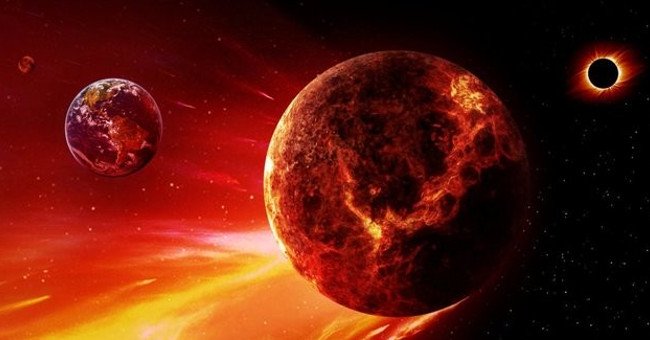
1. More than 500 million planets in galaxies can live
Planets that can meet the minimum demand for life require an acceptable temperature, water exists in both liquid and gas, with a combination of chemicals available to build life.
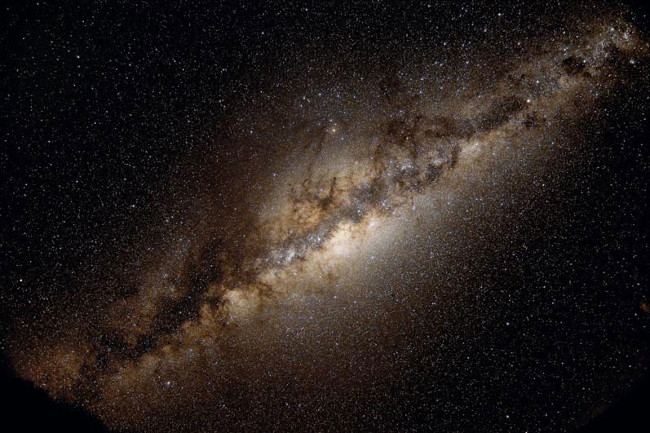
According to scientists, it is likely that more than 500 million planets in the galaxy can meet those needs. They called the planets in the habitat of a star " Goldilocks Planets ".
If this is correct, the potential for life outside the Earth is enormous.
2. All galaxies, planets and stars occupy only 4% of the universe
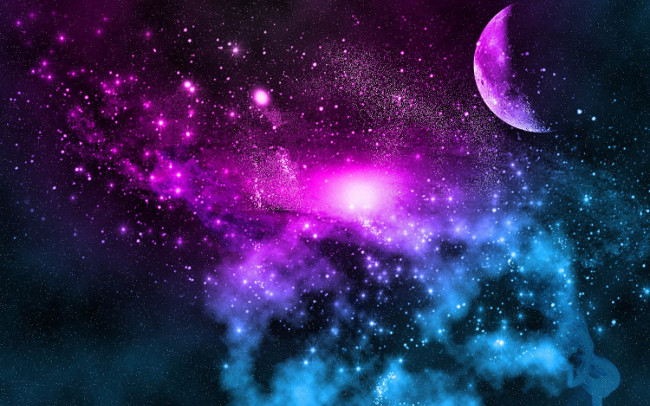
All we see in space only accounts for 4% of the universe, the remaining 96% we can't see. We can't even determine what the rest of the universe is. Some scientists call it dark energy or dark matter .
With mathematical formulas, we can estimate the gravitational force of these real bodies, which is only theoretical, there is no way to decode them. It is still a mystery that challenges scientists.
3. The Solar System takes 225 million years to orbit the Milky Way
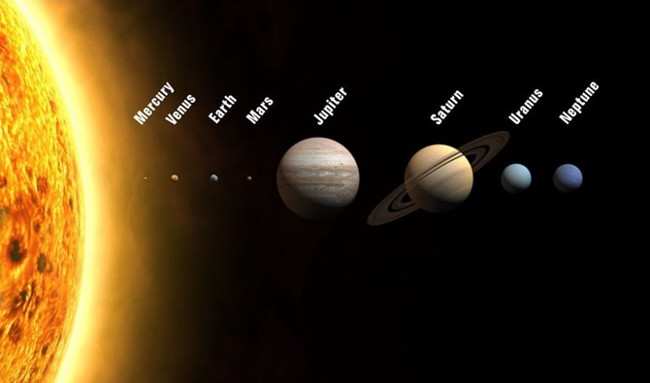 The Solar System is about 28,000 light-years from the center of the Milky Way.
The Solar System is about 28,000 light-years from the center of the Milky Way.
The Milky Way is a spiral galaxy like a garland and always spinning. It is rotating at a speed of about 168 miles per second (equivalent to 269 km / sec) or about 600,000 miles per hour (equivalent to 960,000 km / h). The Solar System is about 28,000 light-years from the center of the Milky Way and it takes about 225 million years to orbit the Milky Way.
4. Is there a "human-eating universe"?
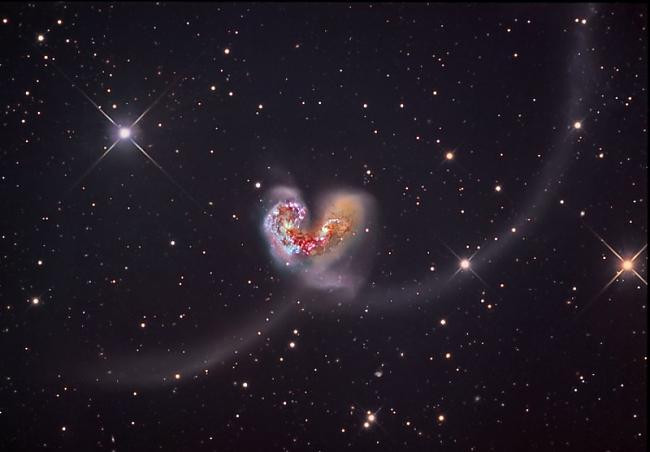
There are galaxies that have "swallowed up" those tiny entities.
The definition of " human-eating universe " is to refer to the galaxy colliding with a star or planet and "swallowing" it.
The Andromeda galaxy (or the Fairy Maiden galaxy) is our closest galaxy galaxy galaxy ever suspected of being a "carnivore" that has "swallowed up" smaller and more distant galaxies. close to it.
According to Alan McConnachie of the Herzberg Astrophysics Institute, " there is evidence that the Andromeda" leftovers "are dozens of remnants of stars and tiny galaxies that are too close with this "giant".
5. The day on Earth begins longer
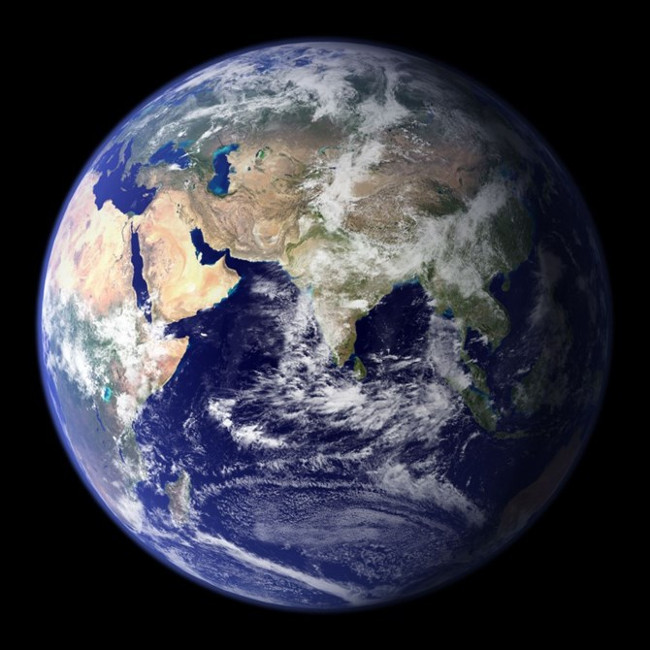
By convention one day is equal to the amount of time the Earth rotates around its axis. The average day on Earth rises a few milliseconds each year but the rotation around the Earth's axis is affected by many factors including the gravitational effects of the Moon.
Besides disasters such as earthquakes or tsunamis can also affect rotation around the Earth's axis and they can add or remove a few milliseconds that the day on Earth increases each year.
A good example is the 2011 earthquake in Japan that shortened our day by 1.8 million parts per second. Since the day on Earth has been continually extended, the estimate of the Dinosaur period still exists, the Earth's day is only about 22 hours.
6. Sunlight reaching your face is already over 30,000 years old
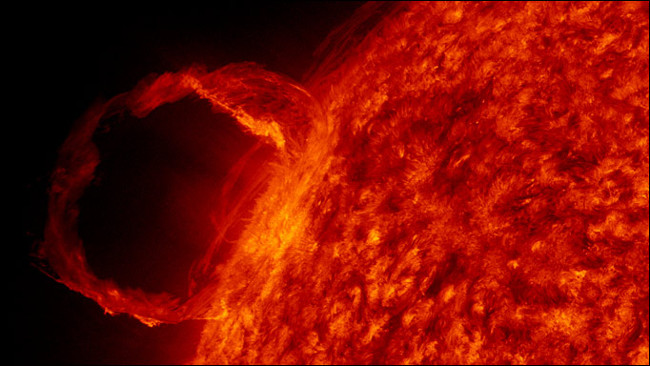 Sunlight must go through a rather arduous journey to reach the Earth.
Sunlight must go through a rather arduous journey to reach the Earth.
So far, the Sun is estimated to be 4.6 billion years old and is undergoing the last 5 billion years before burning helium, becoming a giant red star . After about 1 billion years as a red star, the Sun will shrink to be a white dwarf.
Sun rays take about 8 minutes to make the journey through 93 million miles (approximately 150 million km) to Earth. However, these rays were formed over a period of more than 30,000 years ago in the Sun's core through a process of high-fusion nuclei when the Sun consumed helium and hydrogen.
7. The ability to have more than one universe
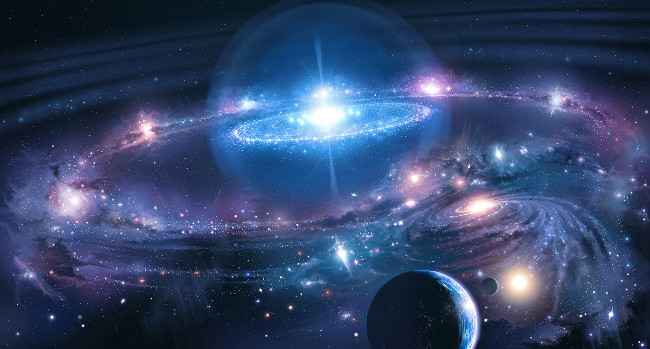
Is there any universe in existence that we don't know about?
The view we live in the universe is one of many existing universes that is getting more and more accepted. It originates from the theory of eternal inflation . This theory holds that after the Big Bang (the explosion of the universe's birth), space and time expand at different speeds and in different places. This may lead to the existence of separate bubble universes.
Many scientists also hypothesize the existence of parallel universes .
8. Are we made up of the dust of stars?
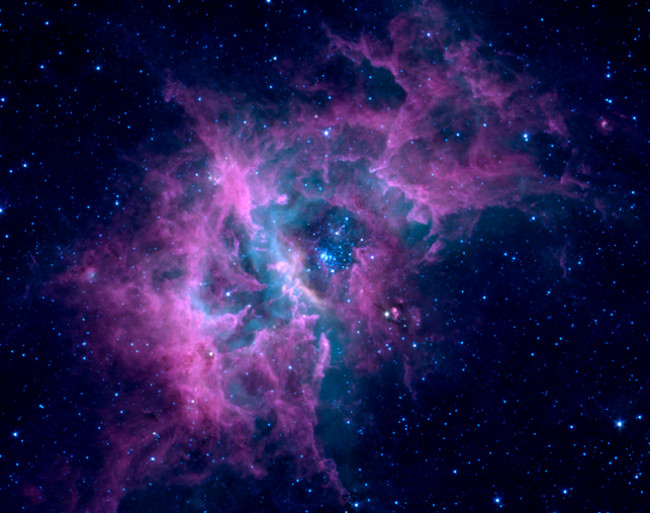
The Earth was born from the solar nebula . The nebula is composed of hydrogen and helium created from the Big Bang and other heavier chemical elements created by dead stars.
According to researcher Carl Sagan: " The nitrogen in our DNA, the amount of calcium in our teeth, the iron in our blood, is all made of the dust of dead stars."
If you look up at the stars of the night sky, think about the deep relationship between us and them. If not for the death of the stars we will have no life.
9. There are about 4,800 stars born every second
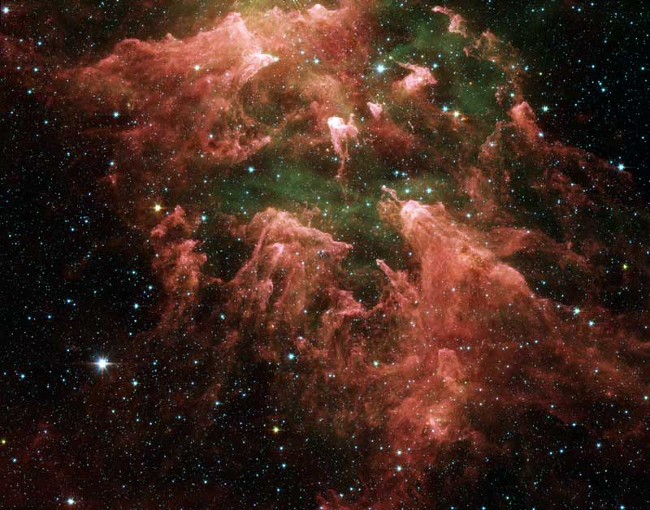
In the galaxy, the total mass of stars formed in a year is equivalent to about 3 solar masses (mass units used in astronomy to determine the masses of stars or large bodies).
The unit of solar mass is equal to the mass of the Sun and is equivalent to a sufficient source of material to form about three Suns per year. That means about 150 billion or 400 million stars are formed every day, equivalent to 4,800 stars born every second!
You should read it
- New research confirms: The mystery of 'dark energy' may not exist
- Dark matter, dark energy and unexplored mysteries
- The 9 biggest mysteries of modern physics make scientists headaches (Part 2)
- Galaxy S11 5G officially appeared on Geekbench with impressive specifications
- The largest-ever explosion in the universe created a giant hot-air sphere that could hold 15 Milky Way galaxies
- Elements of the universe
- 12 interesting records of planets in the universe
- Leaked the first real image of Samsung Galaxy S11, the most anticipated smartphone in the first half of 2020
- Lonely star glitters in the background of an amorphous galaxy in the eyes of the Hubble telescope
- The moment two galaxies collide in a super rare image taken by the Gemini North telescope
- It turns out this is how the galaxy Milky Way formed 13.5 billion years ago
- Detecting UGC 2885, a giant spiral galaxy, 2.5 times larger than the Milky Way galaxy




 14 interesting facts about the universe amaze you
14 interesting facts about the universe amaze you The facts about the universe amaze you
The facts about the universe amaze you 10 facts that amaze you about your human body
10 facts that amaze you about your human body 10 strange and interesting facts about the universe you may not have heard of
10 strange and interesting facts about the universe you may not have heard of It turns out 15 'facts' about the Earth and the universe that we still believe is completely wrong
It turns out 15 'facts' about the Earth and the universe that we still believe is completely wrong 40 interesting facts you didn't know about the Sun.
40 interesting facts you didn't know about the Sun.